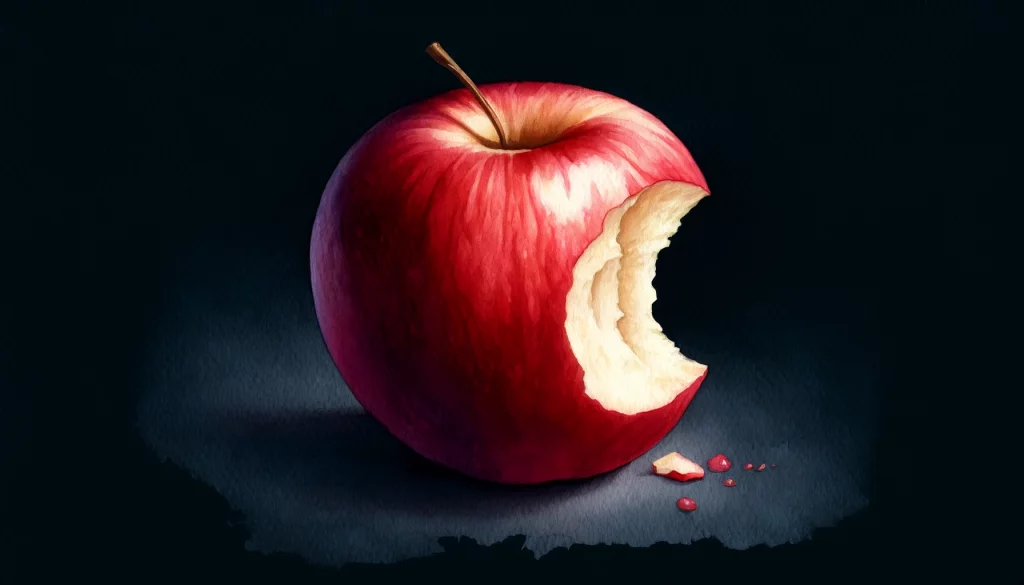Bite-Sized learning (or Chunk learning) is a learning method that utilizes condensed-focused learning units. In Bite-Sized learning (BSL), content spreads into manageable units focused on relevant schemas and delivered via brief teaching. These short, relevant sessions produce much better results than long-winded sessions irrelevant to the audience.
In practical terms, bite-sized learning means, for example, dividing a traditional one-hour lecture into three or four shorter talks followed by related tutorial exercises that are relevant to each short session. This approach allows learners to retain more information and apply it more effectively.
The secret of learning is to start with small bites and never stop.
Albert Einstein
Bite-sized learning is not only more efficient than traditional methods. Short personalized learning units are much more fruitful in their effect and are also more enjoyable.
Below, we evaluate four core benefits of Bite-Sized Learning (sometimes called Bite-Sized teaching or BST) and the science behind them.
Individual attention span
Due to digital lifestyles and instant communication technologies, sustained attention is decreasing overall. In particular, those who consume more media have trouble focusing in environments where prolonged attention is required. A report by Adam Hayes showed that the human attention span shrank by nearly a quarter between 2000 and 2015. As a result, keeping learners engaged through the learning process is a challenging endeavor (especially so across content-heavy modules with lecture-based delivery).
An alternative and evolving teaching strategy, Bite-Sized learning, has adapted to changes in attention span and interaction with lessons. The beginning of such evolution goes back as far as the 1970s. At that time, teachers used information on students’ attention spans to include two brief rests called focus breaks in their 50-minute lectures. Other pedagogical innovations (such as the 1990s e-Learning boom, progress-focused adaptive teaching, and stealth assessment) paved the way for Bite-Sized learning. These innovations tackled the problem of how traditional teachings delivered information.
A recently published conference paper by Koh et al. showed that students benefit from changes in teaching practices. It hailed Bite-Sized learning as the latest innovation that instills knowledge in a generation operating with lower attention spans. By focusing on short, intense sessions, Bite-Sized learning allows the brain to absorb input unclouded. Such a solution maintains interest and attention throughout the learning session. Information becomes permanently embedded in learners’ memory.

Bite-Sized learning increases knowledge recall, retention, and performance
Brief, focused learning units are well received by learners and appear to have significantly more impact on immediate knowledge recall than case-based teaching. A study conducted by BMC Medical Education confirmed this claim. It showed that learners via BSL scored exceptionally higher on on-the-spot post-test evaluations than learners via case-based. Similar outcomes have resulted across Studies on long-term memory and retention.
Through Bite-Sized learning, learners go through various doable tasks or assignments within each learning unit. Digestible units allow them to feel good about their progress and avoid feeling overburdened or discouraged. In scientific terms, Bite-Sized learning mitigates the effects of the Ebbinghaus forgetting curve and leverages reintroduction to keep retention at significantly high levels. According to M.S. Shail , this method also speeds up the learning process overall by avoiding mental fatigue across learners. Mental fatigue alone can cause a significant cognitive decline in individual performance. Bite-Sized learning preserves the neurotransmitter cascade for sustained neurochemical performance by breaking complex topics into manageable smaller chunks.
Better information procession
In 1956, George A. Miller proposed in his famous journal article, that humans have a limited "working memory" to use when learning. His conception is that the working memory consists of seven chunks. For example, one can memorize seven random digits effortlessly but cannot do so with a dozen of those digits without some cognitive tricks. Cognitive Load Theory soon flourished, extending those ideas to suggest that our working memory is subject to certain types of load and overloading working memory impedes learning.
From a cognitive perspective, Bite-Sized learning can be more advantageous than extended lectures in managing working memory. Baumgartner & Shankararaman came to this conclusion in their 2014 research. BSL divides topics into “manageable chunks” or mini-lessons presented with problem-solving skills and techniques. When followed by laboratory tasks, these smaller lessons work best for introducing fresh concepts; the connection between practice and theory is then gradually explained, allowing learners to acquire new competencies as they go along.
Bite-Sized learning focuses on personal relevance that internalizes knowledge
Teaching frameworks often follow a one-size-fits approach to address as many listeners as possible with a particular topic. While this preserves the general relevance, it inevitably decreases relevance for the individual. As a result, at an individual level, the brain is putting excessive energy into processing generic information. The ability to identify useful information and store it in long-term memory is gradually lost. However, in Bite-Sized learning, relevant information bits are highlighted from the outset. As such, learners are more engaged, leading to easier internalization of information.
Moreover, bite-sized learning encourages learners to get involved in their learning process. It empowers learners to set unique goals, progress at their own pace, and choose the learning format that best suits their needs. This personalized learning approach boosts motivation and engagement and helps learners retain information more effectively.
Towards the future
Because the Bite-Sized learning method follows future trends in information processing patterns, it is future-proof. Furthermore, Bite-Size is pioneering future learning trends, such as modularization, miniaturization, and mass customization. Bite-Sized learning, also called micro-learning, suits the increasingly information-rich lifestyle. Backed by solid proof of its efficiency, Sparrks embraced the bite-sized learning methodology in its coaching format.
Bite-sized learning can be delivered through various formats and devices, such as mobile apps, podcasts, or video tutorials, making it accessible and convenient for learners on the go. Finally, the modular nature of bite-sized learning allows for easy updates and revisions, ensuring that the content remains current and relevant over time.

FAQ: Bite-Sized Learning
Why is Bite-Sized learning the best way to engage modern distracted learners?
Bite-Sized learning is one of the best methods to engage learners prone to modern interference in attention span because it allows the brain to absorb input unclouded, avoids mental fatigue, and preserves the neurotransmitter cascade for steady neurochemical performance.
Why will Bite-Size learning be effective for the alpha generation of learners?
One of the advantages of Bite-Sized learning is its ability to adapt to changes in the learning dynamics of the future. It includes appealing to the alpha generation of learners (those born between 2010 and 2025). For example, young talents in leadership positions who exhibit very close learning patterns with the alpha generation have already embraced Bite-Sized learning through agile, coachable, and condensed business sessions.
What is bite-sized content?
Bite-Sized content refers to the learning materials or operating mediums of a Bite-Sized learning method. Some examples of bite-sized content include infographics, audio podcasts, web-based coaching demos, videos, and iDFS. While all these examples can follow a Bite-Sized approach, they are not inherently Bite-Sized.





